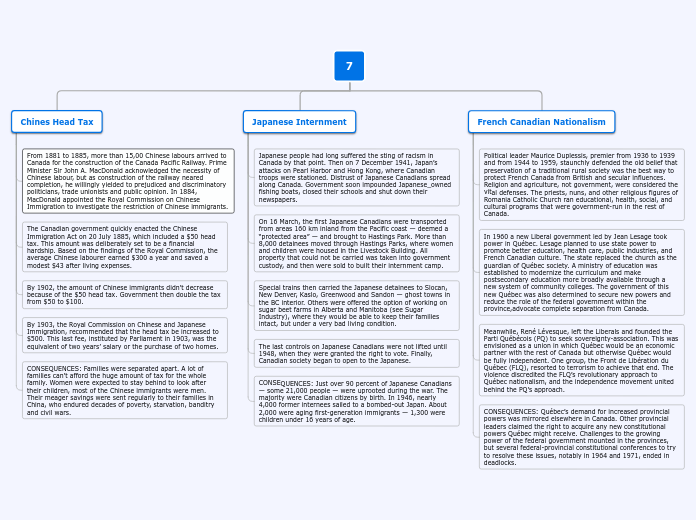arabera Yuxuan Zheng - Rick Hansen SS (2542) 5 years ago
278
Conflicts that happened between Canada and its immigration
Canada has a complex history with its immigration policies, particularly regarding Japanese and Chinese communities during the 20th century. The Japanese population faced severe discrimination, which escalated after Japan'









